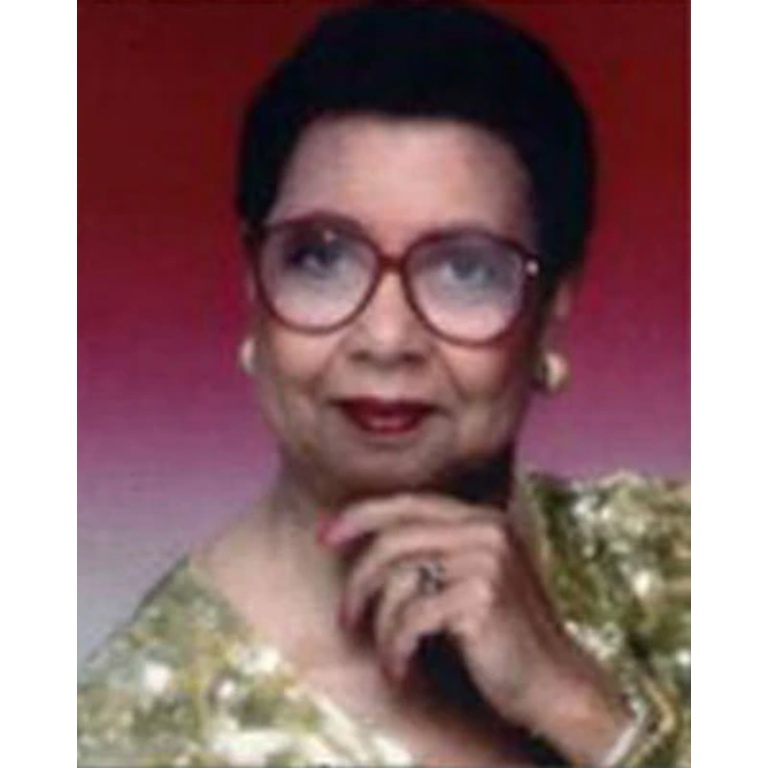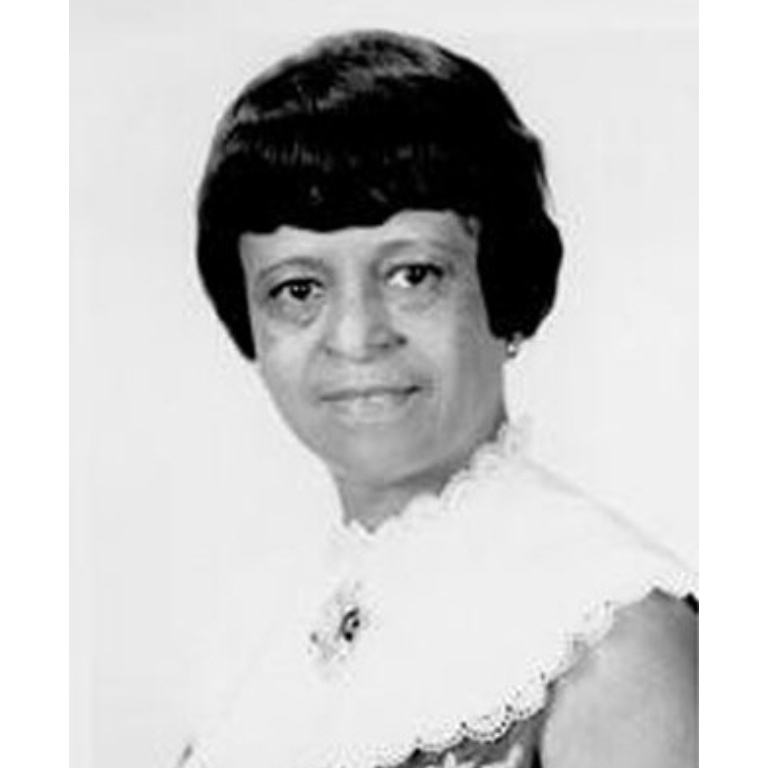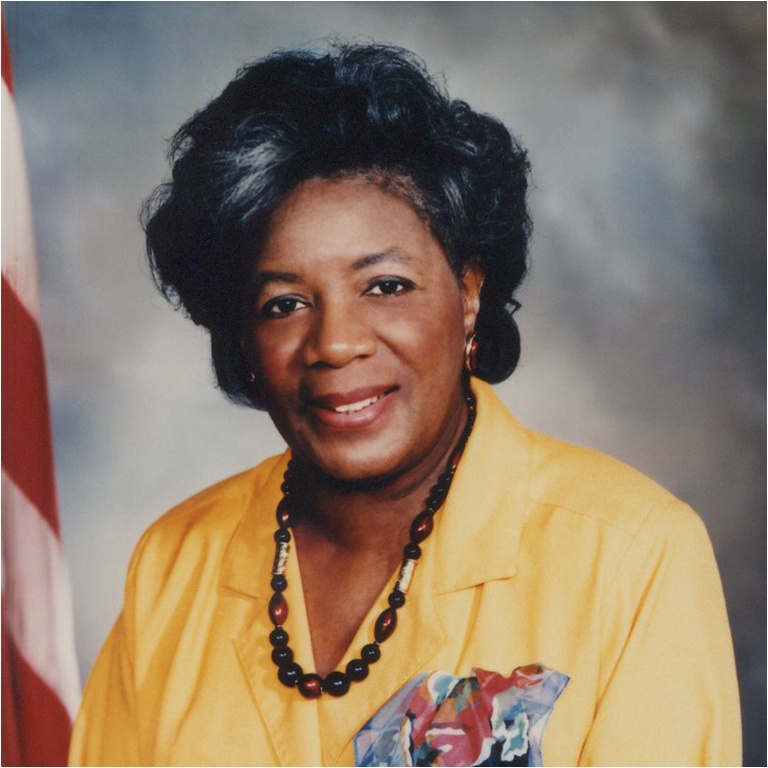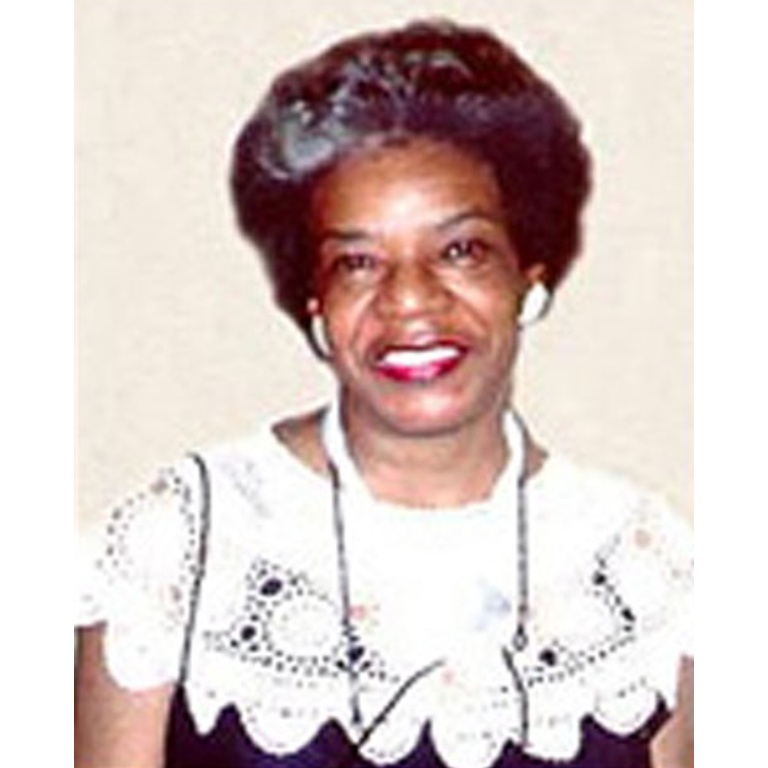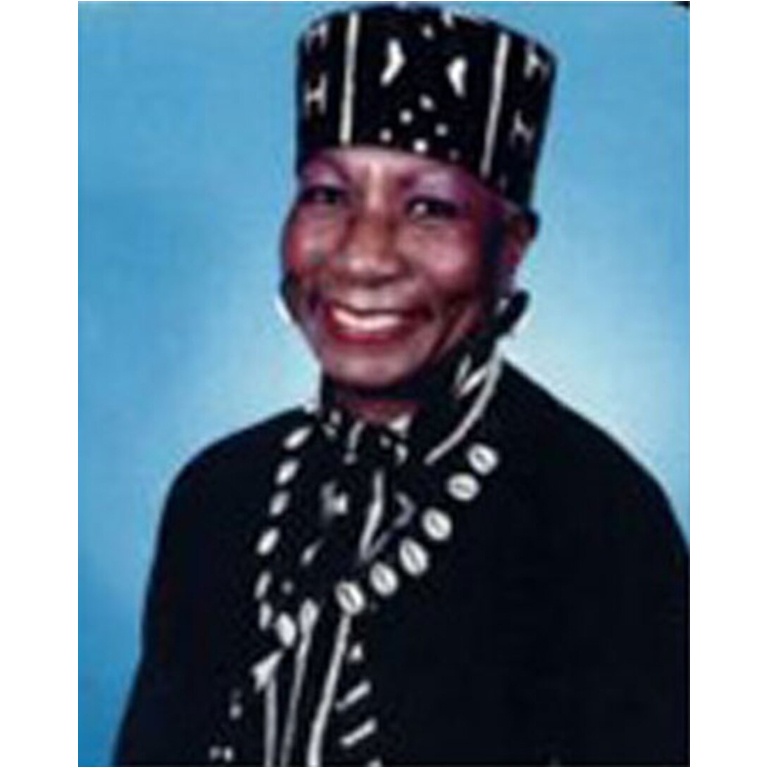Despite growing efforts in the United States to incorporate multiple perspectives into the K-12 educational curriculum, many Americans remain ignorant of African American History (1). This is especially true of narratives which expand beyond slavery and the Civil Rights Movement. For example, according to Casey Cep, a reporter for the New Yorker, “Of the more than ninety-five thousand entries on the National Register of Historic Places—the list of sites deemed worthy of preservation by the federal government—only two per cent focus on the experiences of black Americans” (2).
This lack of interest in African American History results, in part, from a lack of documentation by predominantly white institutions, both private and public. Specifically, in the mid-to-late twentieth-century, organizations subject to racist socio-political norms, such as the National Security Agency (NSA), were unlikely to document the career achievements of African Americans. Additionally, until quite recently, pervasive sexism meant that historians glossed over Black women’s history to an even greater extent than the history of Black men (3).
In the current project, we conducted research on African American women cryptographers while considering the racialized historical preservation efforts which has limited the scholarship in this endeavor. With this in mind, the stories of these five women tells tales of both hardships and triumphs during a time when segregation and racism provided the backdrop for their work in cryptography and cryptanalysis. Not only did these women face sexism within a historically male-dominated field, they were further marginalized as Black women in a racist nation.
- Explore a timeline of the legacies and contributions of pioneering African American women in cryptography.
- Then, read the biographies below the timeline of five select women.
Works Cited
- King, LaGarret J. “Status of Black History in U.S. Schools and Society.” Teaching and Learning African American History, Social Education.
- Cep, Casey. “The Fight to Preserve African-American History.” The New Yorker, 2020.
- Feimster, Crystal N. “Impact of Racial and Sexual Politics on Women's History.” OUP Academic, Oxford University Press, 1 Dec. 2012.
